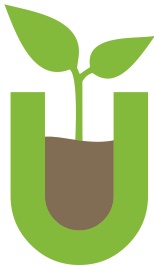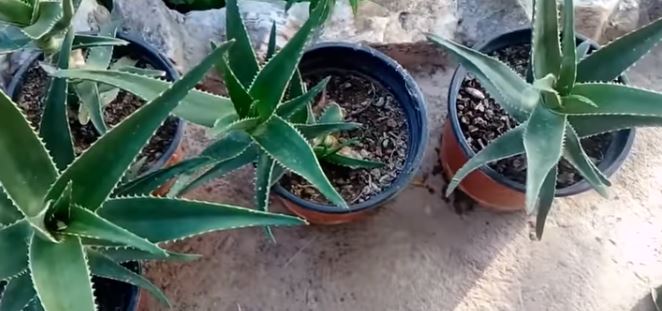Happy New Year!!
We are getting ready and going through seed catalogs for the 2018 season. Every year we optimize how we can constructively preserve the soil and minimize any type of chemicals to control pests and disease. When you over winter plants inside the home, greenhouse, or store it for the next season, many of us have run into pests. Bugs like aphids, fruit flies, and thrips are the most common pests. Other disease the thrive is mold with the cool and moist conditions.
Best practice is to control conditions so that the environment is optimized when problems are the lowest, or in other words start plants when pest and disease are in their dormant stages.
Top Left Bright Orange flower: Nasturtiums attracting hover flies which will consume aphids
Placing plants into any enclosed structure effect how plants perform. From the Penman–Monteith equation, there are four basic principles that guide a plants above ground development which are wind, solar radiation, relative humidity, and temperature. Each of these conditions can be monitored and indicators of plant stress can be observed in a disease development or attraction of pests. Growing companion plants to attract or filter air borne disease can help buffer stress conditions. A great resource is research at NASA. NASA has publish several papers on plants that we should consider taking to space. Top of the list of plants are African spider plants and Aloe vera. I am also going to consider selecting these plants to be installed into my grow chamber. Both plants are simple to propagate just by simply taking a daughter plant of a spider plant or a leaf cutting from the aloe plant and placing it in soil.
Chlorophytum comosum - Spider Plant most common plant found in the indoor plant section of any home store. Simple to propagate.
Aloe Vera: commonly found in specialty grocery stores or even online. Very easy to propagate by cutting leaf and sticking it in soil.



